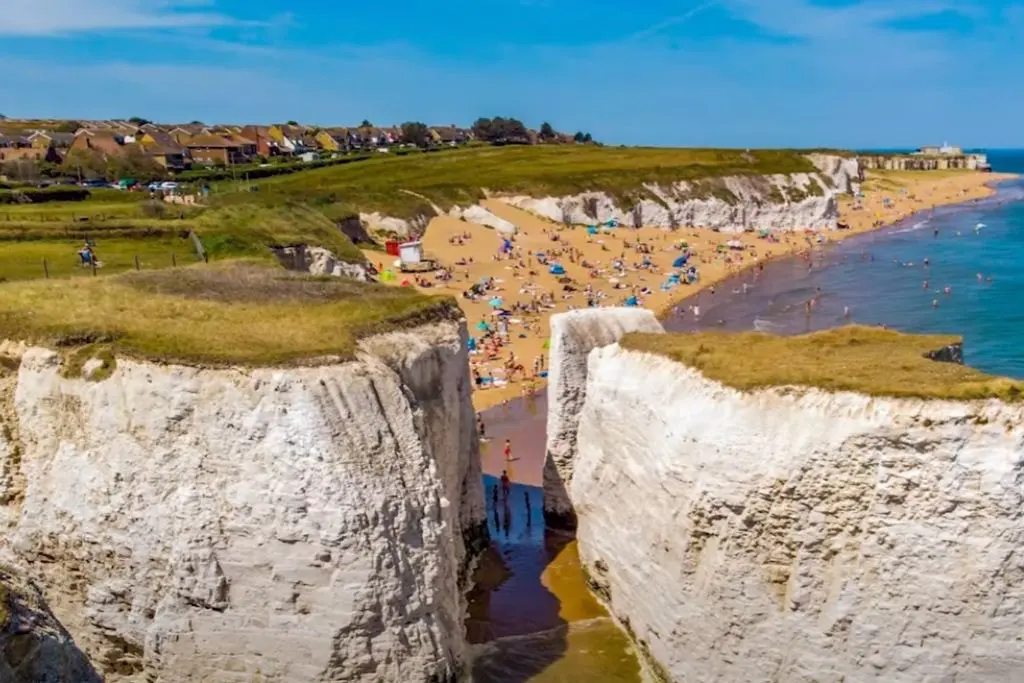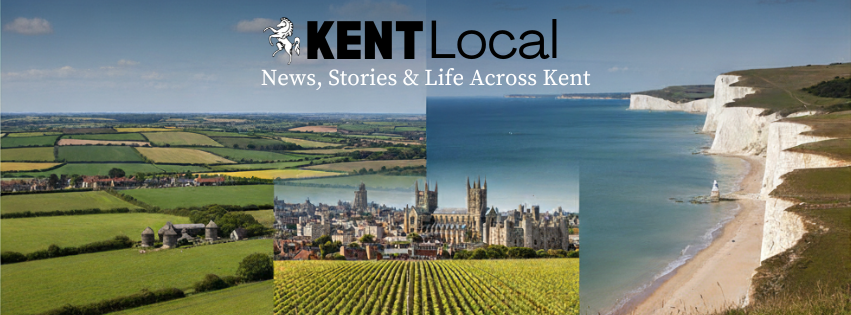A picturesque coastal village in Kent has become a popular destination for city residents. Estate agents report a remarkable 60% of recent property sales are being bought by London buyers, driving up house prices and raising concerns about the long-term impact on locals.

Sandgate, which lies between Hythe and Folkestone, has become an ideal destination for city residents who want a blend of coastal living and easy commuting. Its status as a property hotspot is expanding thanks to its picturesque seafront, historic charm, and rail links to London.
Its growth, however, comes at a price. Home values now unaffordable to many village residents, especially young individuals and families, who no longer afford to dwell in their own community.
Rising Home Costs Raise Local Concerns
The migration of Londoners, often with larger budgets from selling their city properties, is having a significant impact on the area’s housing market. Local estate agencies report that property prices in the area have shot up dramatically, and some properties are now far beyond the financial reach of many people who were born there. This has sparked a community debate about how to balance economic growth with social harmony.
Business Owners and Residents Speak Out
Carlo Martella of Your Key Move Sales told the media that while high demand is a positive sign for the local economy, it creates a challenging situation for others.
“We found a lot of people from London are liking the fact that they can come to Folkestone and Sandgate especially, being on the seafront, has got a lot of appeal for people,” he said. “I’d say a good 50-60% of property sales are people from London, although that’s good because it brings a lot of money down here, we have seen house prices going up significantly. In some respects it can be detrimental on the basis that it’s pricing some local residents out of certain areas and properties.”
This sentiment is echoed by local business owners and long-time residents. They worry that the village’s unique identity is being eroded, replaced by a more cosmopolitan, yet less connected, atmosphere. The increase in second homes and short-term rentals has also raised questions about the stability of the community, with some residents worrying about the possibility of “ghost towns” during the off-season.
The Allure of Sandgate
The reasons behind Sandgate’s popularity are clear. The village offers an idyllic, slower pace of life abd stunning views of the English Channel. The high street is dotted with independent shops, cafés, and restaurants that appeal to those escaping the rush of city life of London.
The area’s excellent transport links are a major draw for commuters. High-speed trains from nearby Folkestone Central can get residents into London St Pancras in under an hour, making a daily commute or a quick trip to the capital a viable option.
Commuter Connections and Lifestyle Appeal
William Burles, manager of the Royal Norfolk Hotel, noted the village’s growing appeal. “We’ve got the beach, everybody flocks to the beach and we’re on the bypass of that,” he said. “We used to have some empty shops, but now we don’t. There’s restaurants and bars opening, Sandgate is becoming quite cosmopolitan.”
This renaissance of the high street is one of the tangible benefits of the movement, injecting new life and investment into an area that had previously seen a decline in local amenities.
Beyond the aesthetics, the village’s low crime rate and access to surrounding green spaces are also important considerations. These attributes appeal especially to families and pensioners who want a quiet setting that is not completely isolated. The prospect of a better work-life balance and a community spirit often lacking in the city is a strong appeal for Londoners contemplating a fresh start.
The Broader Picture for Kent
This surge is not an isolated case for Sandgate. A number of other coastal towns in Kent, affectionately known as the “Garden of England,” are undergoing a simultaneous rush from buyers within London. Places like Deal and Whitstable, for instance, have seen so many people move there that they’ve been nicknamed “Hackney-on-Sea.”
The pandemic’s push for remote work has sped up this movement, causing many to reconsider where they live and put a greater value on space, nature, and a better quality of life than on city convenience.
Calls for Policy Intervention
As a report from a UK property market commentator put it, Kent is one of the top destinations for families exiting Greater London. Situated close to the capital, with its abundant selection of attractions ranging from glorious beaches and ancient forests to a high number of grammar schools, it is a favourite destination for relocations. But this has driven up prices not only in coastal villages but across the county.
The challenge for councils and community leaders is how to achieve this growth for the benefit of all. As much as new businesses and investment are required, more voices now want policies that retain affordable housing and make sure that communities remain within reach of locals. Unless action is taken, even these attractive villages may become enclaves of wealth, losing that very quality which rendered them attractive initially.
The future of Sandgate and other rural Kent villages lies in a delicate balance. The beauty and uniqueness that attract outsiders are also the source of community identity for longtime residents. As long as Londoners pursue a new beginning by the sea, the debate over the effect of this migration will only intensify.


